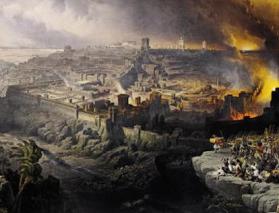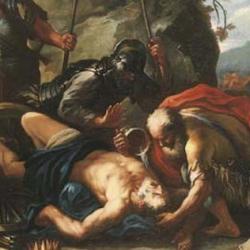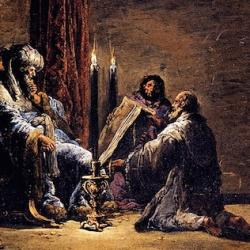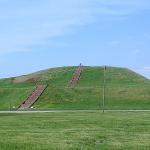Gary Knoppers argues in a JBL article that, contrary to accepted scholarship, the Chronicler shows the signs of influence of Greek historiography. I find this kind of article tedious and this kind of evidence unconvincing, but along the way Knoppers makes some useful comments about the organization of the Chronicler’s genealogies. In particular, he shows (following many others) a chiastic outline of 1 Chron 1-9:
A. Peoples of the world, 1:1-54
B. Judah, 2:3-4:23
C. Simeon and transJordanian tribes, 4:24-5:26
D. Levi, 5:27-6:66
C. Northern tribes, 7:1-40
B. Benjamin, 8:1-40
A. Persian inhabitants of Jerusalem, 9:2-34
A couple of things emerge from this outline, which Knoppers unfortunately doesn’t pursue. First, the genealogies center on Levi. This is consistent with the Pentateuchal genealogies, which come to a climax in Ex 6 with the genealogy of Moses and Aaron. The whole purpose of genealogies in Scripture is to trace the fleshly lineage of a fleshly priesthood (Heb 7). Second, and related to this, the organization shows a gradual focus on the priestly tribe. From among all the nations of the world, Yahweh has selected the tribes of Israel to be priests, and withint the priestly people the Levites have been selected as the priestly tribe.
Finally, the A-A parallel is especially intriguing. At the beginning of the genealogies, the Chronicler is showing Israel within the context of Adamic humanity, within the context of the Gentile world. The genealogies close on the same note, with Israel set in the midst of the sea of nations. The situation of post-exilic Israel, in short, is nothing new, but in some respects a throwback to the original state of Israel and of Abraham.















